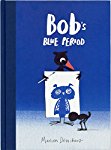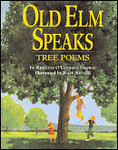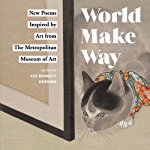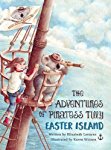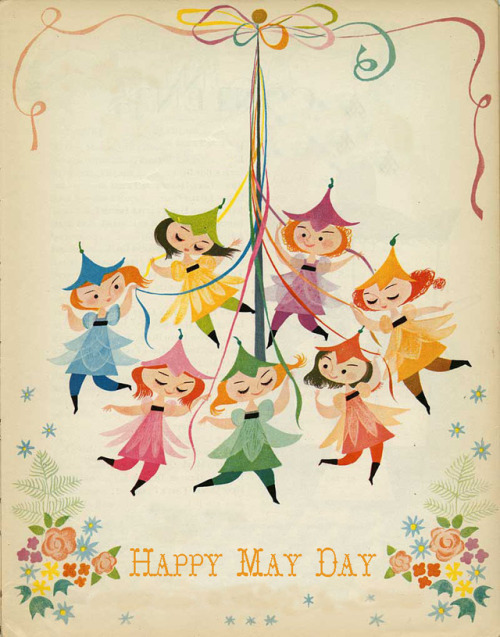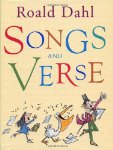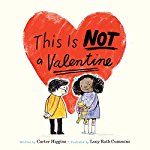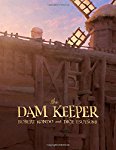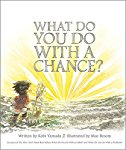Mara Rockliff
Illustrated by Simona Ciraolo
Nonfiction Picture Book
For ages 5 to 7
Chronicle, 2018, 978-1-4521-4134-3
When she was a little girl, Alice loved stories. She
loved the tales that she found in the books that her papa sold, and the
narratives that her grandmother and her nursemaid shared with her. Stories were
the stuff of life and she could not wait “to find out what happened next.”
Unfortunately
for Alice, what happened next was not pleasant at all. Papa’s business failed,
and then he died, leaving Alice in dire need of a job. She ended up getting a
position at a camera shop, and through her job she found out about a new
innovation: cameras that could create moving pictures. Alice and her employer
went to see one of the new moving pictures and they were astounded by it, even though
the subject matter of the film was not all that interesting. The young woman began
to think that moving picture cameras might be “put to better use.” Why show
mundane scenes in moving pictures when you could tell stories instead.
Alice decided
that she would try making some moving pictures of her own, and so she set about
looking for costumes, she made sets, and found people to play the roles in the
stories. At first her films’ sole purpose was to demo the cameras, but people
liked her films so much that they were even willing to pay to see them.
Alice’s films
were full of clever innovations that made them interesting and engaging. She
became so successful that her competitors spied on her to steal her ideas. Alice
and her young cameraman decided to go to America, thinking that the country
that epitomized innovation would be the perfect place to build a new life.
Little did they know that no one had even heard of Alice on the other side of
the Atlantic. Little did they know that both success and heartbreak awaited
them in the land of opportunity.
Most of us have
never heard of Alice Guy-Blache and yet she was one of the first filmmakers in
the world. She was also the first woman to make films, she made the first
talking movie, and some even think that she was the first to make films that
showed made up stories.
As was so often
the case at that time, being female meant that Alice did not get the recognition
that she deserved. Thanks to this book a new generation of girls will grow up
knowing that Alice was a tour de force in the early years of film making.






